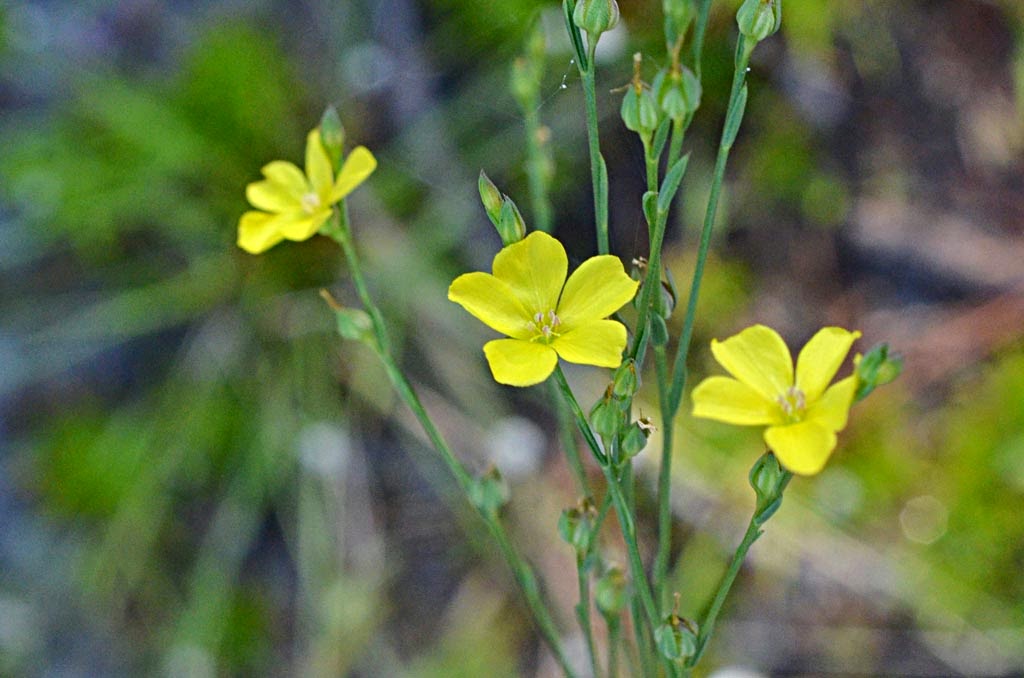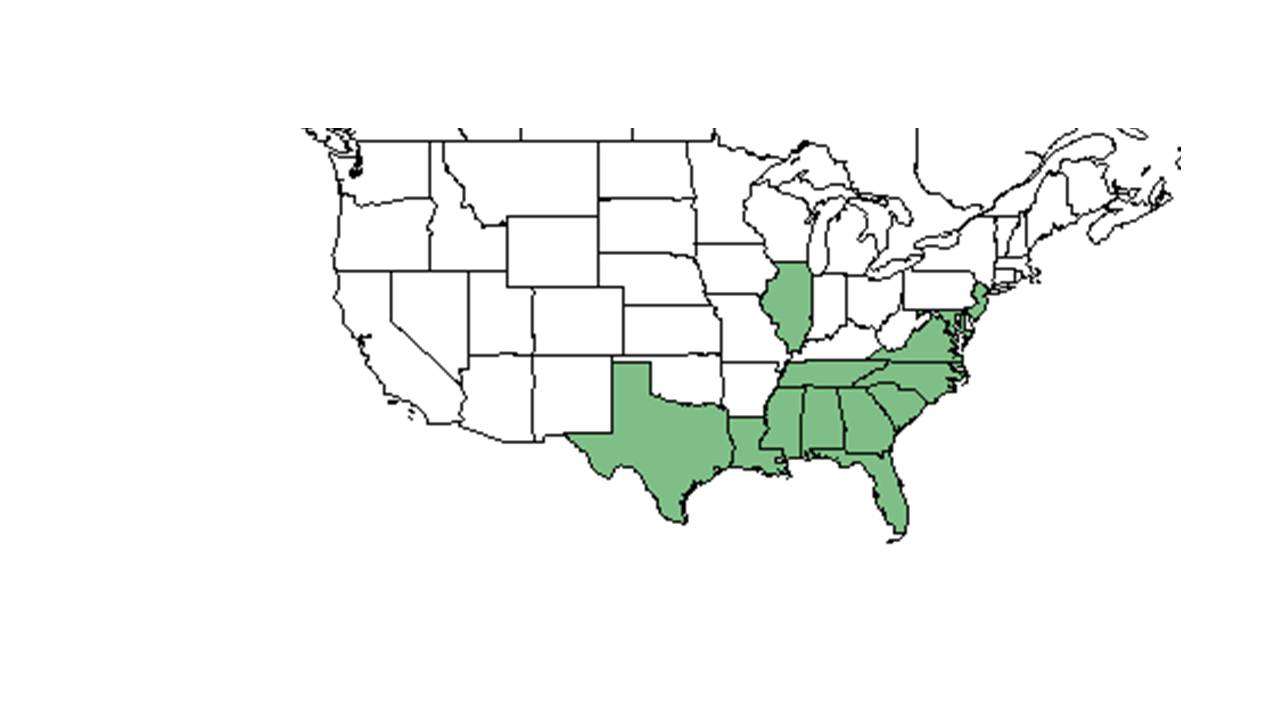Difference between revisions of "Linum floridanum"
(→Photo Gallery) |
(→Taxonomic notes) |
||
| Line 20: | Line 20: | ||
Common name: Florida yellow flax | Common name: Florida yellow flax | ||
==Taxonomic notes== | ==Taxonomic notes== | ||
| + | Synonym: ''Linum floridanum'' (Planchon) Trelease var. ''chrysocarpum'' C.M. Rogers; ''L. virginianum'' var. ''floridanum'' Planchon; ''Cathartolinum floridanum'' (Planchon) Small | ||
| + | |||
==Description== | ==Description== | ||
<!-- Basic life history facts such as annual/perrenial, monoecious/dioecious, root morphology, seed type, etc. --> | <!-- Basic life history facts such as annual/perrenial, monoecious/dioecious, root morphology, seed type, etc. --> | ||
Revision as of 19:01, 21 March 2016
| Linum floridanum | |
|---|---|

| |
| Photo by Wayne Matchett, SpaceCoastWildflowers.com | |
| Scientific classification | |
| Kingdom: | Plantae |
| Division: | Magnoliophyta - Flowering plants |
| Class: | Magnoliopsida – Dicotyledons |
| Order: | Linales |
| Family: | Linaceae |
| Genus: | Linum |
| Species: | L. floridanum |
| Binomial name | |
| Linum floridanum (Planch.) Trel. | |

| |
| Natural range of Linum floridanum from USDA NRCS Plants Database. | |
Common name: Florida yellow flax
Contents
Taxonomic notes
Synonym: Linum floridanum (Planchon) Trelease var. chrysocarpum C.M. Rogers; L. virginianum var. floridanum Planchon; Cathartolinum floridanum (Planchon) Small
Description
"Annual, biennial, or short lived perennial herbs with 1-several strict stems from a crown, usually branched above. Leaves cauline, opposite or alternate, entire, acute to acuminate, sessile, exstipulate. Inflorescence a panicle of racemes or cymes. Flower perfect, actinomorphic, pedicellate; sepals 5, separate or basally adnate; pistil 5-carpellate, styles 5, each carpel divided at maturity, the pistil then appearing 10-carpellate. Seeds lustrous brown, obovoid to ellipsoid." - Radford et al 1964
"Perennial with 1-several stems 3-8 dm tall, from a crown. Leaves mostly alternate, lowest often opposite, narrowly elliptic to linear, 0.8-2.5 cm long, 1-7 mm wide, acute. Pedicels 1-3 mm long. Sepals lanceolate, 2-3 mm long, acute to acuminate, entire or glandular serrate; petals yellow, 4-8 mm long. Capsule ovoid or oblate, 1.3-3 mm long. Seeds 1-1.3 mm long." - Radford et al 1964
"Leaves 0.8-5 mm wide. Branches of inflorescence ascending. Inner sepals densely glandular serrulate. Capsule ovoid, 2-3 mm long." - Radford et al 1964
Distribution
Ecology
Habitat
This species can be found in open wiregrass seepage savannas, longleaf pine forests, and disturbed areas such as ditches (FSU Herbarium). The soils have been observed to be moist and/or dry loamy sands within well-drained uplands (FSU Herbarium). Associated species include Pinus palutris, Aristida stricta, Sarracenia, and Harperocallis (FSU Herbarium).
Phenology
This species has been observed flowering in June (FSU Herbarium).
Seed dispersal
Seed bank and germination
Fire ecology
This species occurs in areas that are annually burned (FSU Herbarium). In an open wet pine savanna in Mississippi, the highest densities of flowering stalks for L. floridanum were observed one year after fire (Hinman and Brewer 2007).
Pollination
Use by animals
Diseases and parasites
Conservation and Management
Cultivation and restoration
Photo Gallery
References and notes
Florida State University Robert K. Godfrey Herbarium database. URL: http://herbarium.bio.fsu.edu. Last accessed: June 2014. Collectors: Loran C. Anderson, M. Davis, Robert K. Godfrey, R. Komarek, Cecil R. Slaughter. States and Counties: Florida: Baker, Liberty, and Wakulla. Georgia: Thomas.
Hinman, S. E. and J. S. Brewer (2007). "Responses of two frequently-burned wet pine savannas to an extended period without fire." Journal of the Torrey Botanical Society 134: 512-526.
Radford, Albert E., Harry E. Ahles, and C. Ritchie Bell. Manual of the Vascular Flora of the Carolinas. 1964, 1968. The University of North Carolina Press. 645-6. Print.